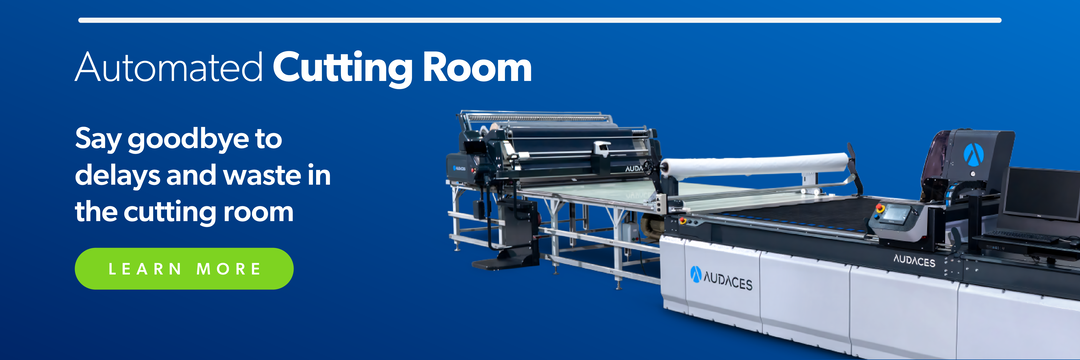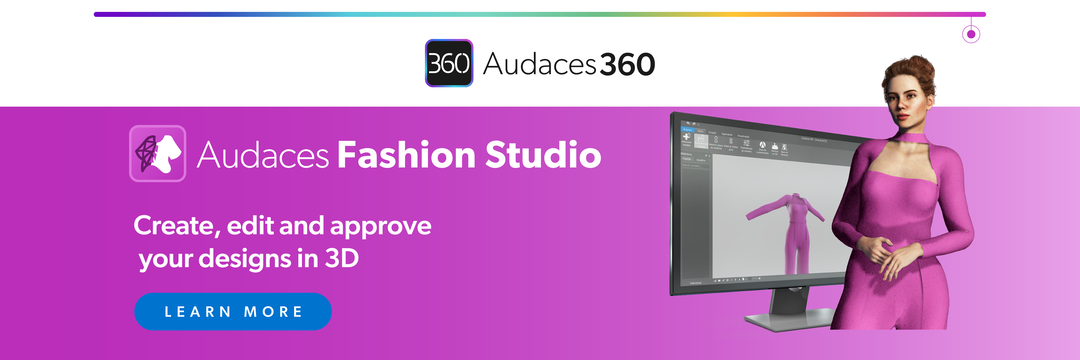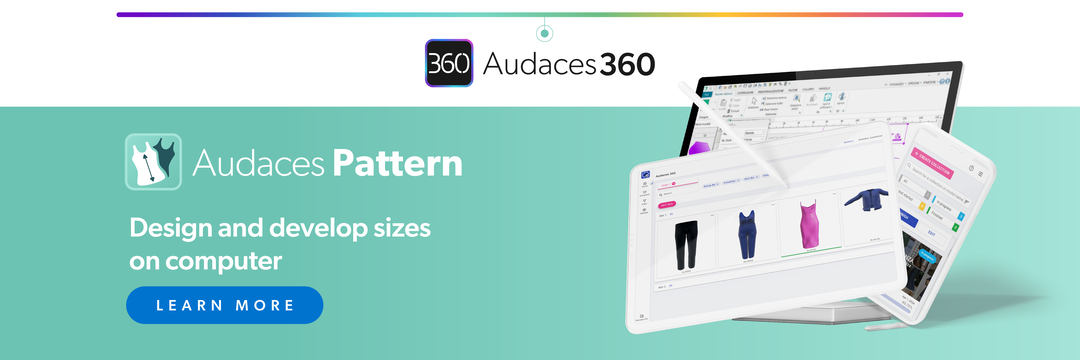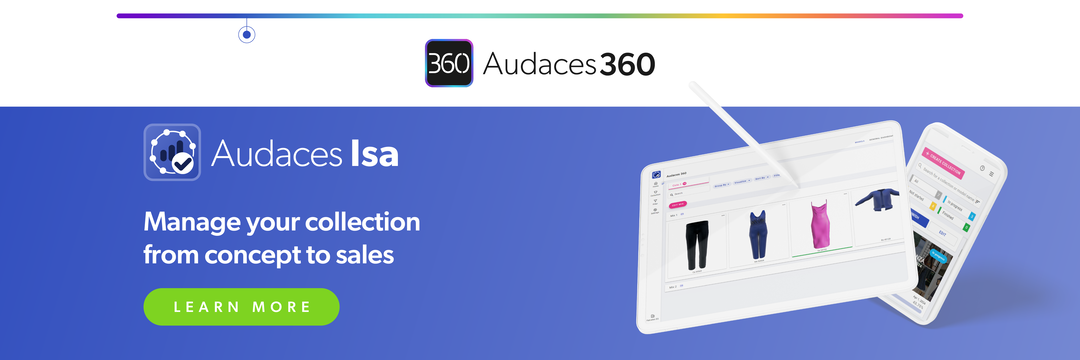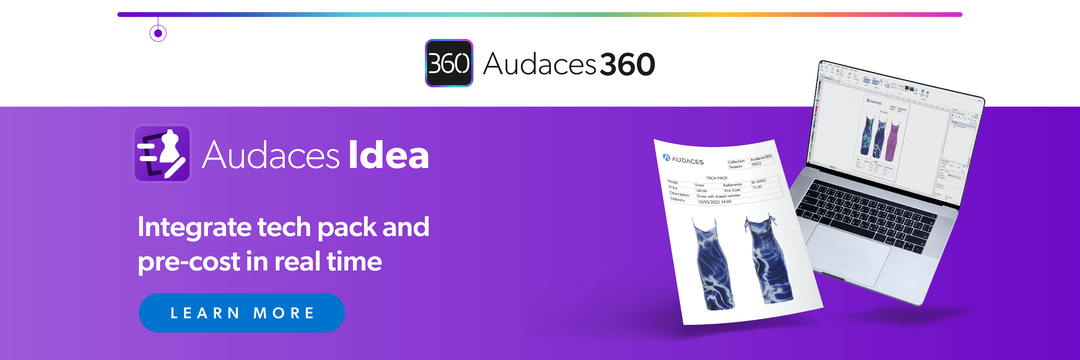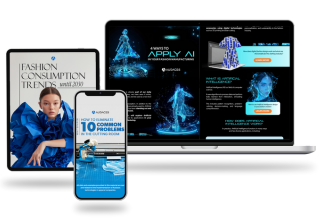Summary
- When winter arrives, the different types of coats are the stars of fashion trends.
- For pattern makers, it’s crucial to be able to develop various styles to meet consumer demand.
- Stand out in the fashion world with Audaces360 technology. Start your free trial now!
There’s no denying the power of different types of coats. They’re great as a third piece, can effortlessly go from casual to formal outfits, and excel at their primary role: keeping you warm.
That’s why, as a pattern maker, you should master the art of ensuring your patterns create a great fit across various garment types. Doing so is a surefire way to boost your fashion brand’s sales during the colder months.
To help you, we’ve compiled this guide detailing the most popular types of coats and providing expert tips for flawless pattern making.
Happy reading!
Sumário
Why is it important to know the main types of coats?
Knowing the main types of coats is very useful because each style has its own shape, details, and purpose. By understanding these differences, you can create pieces that people really want to wear, the way they want to wear.
Take a winter coat, for example. It must keep the body warm and comfortable in inclement weather, which means using thicker fabrics, lining, and the right fit.
On the other hand, a trench coat is lighter and designed to be worn during rainy days or cool weather.
When you know the key features of each type of coat, you make better choices during design and pattern making. You’ll know when to add extra ease for layering or how to create a structured shoulder for a blazer. This knowledge helps your patterns fit better and look more professional.
It also helps you meet what consumers expect. Fashion trends change, but classic coat styles stay popular season after season.
If you master these main types, you can adapt them to new fabrics, lengths, or details, keeping your designs fresh but still familiar.
Learn more: How can basic block patterns help your fashion production?
11 types of coats most wanted by consumers
In this guide, we highlighted 11 popular types of coats. From cold-weather essentials to stylish layering pieces, each one offers different pattern making challenges.
Let’s dive into the coats that continue to capture consumer attention season after season!
1) Puffer jacket
The puffer jacket is a winter essential famous for its quilted design and insulating power. Filled with down or synthetic padding, it’s built to keep warmth in and cold out.
Developing a puffer jacket pattern requires careful consideration of the insulation layers. The outer fabric must be lightweight but durable, while the padding should be evenly distributed to avoid cold spots.
Your pattern must account for thickness and bulk. That means adding extra ease and adjusting seams to ensure proper fit and mobility.
Zippers, hoods, and hems or cuffs are also common features.
2) Trench coat
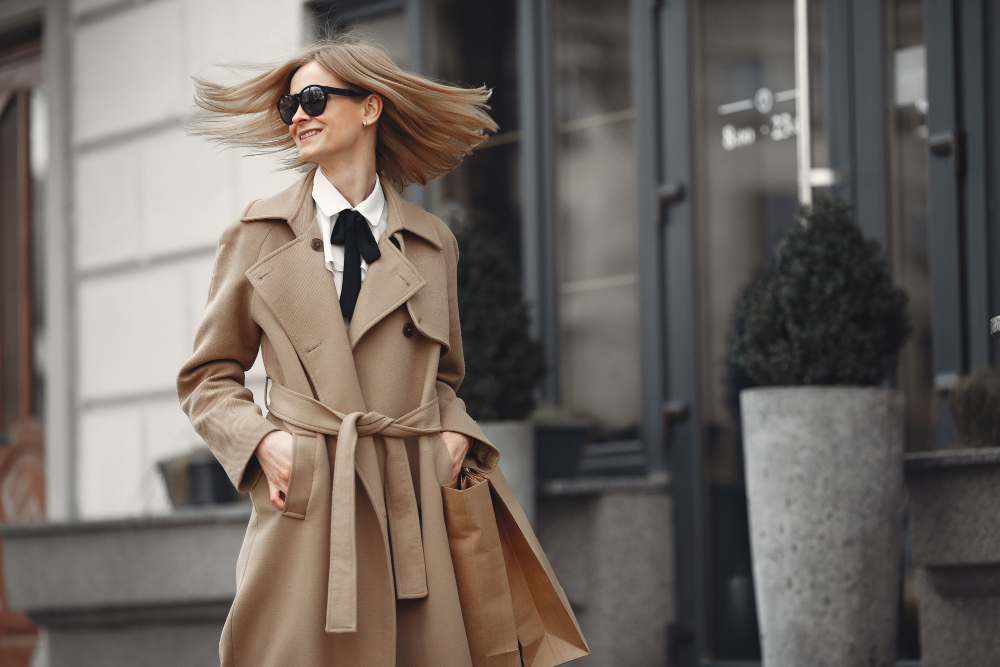
The trench coat is a timeless classic. Originally designed for military use, it has evolved into a fashion staple for men and women. It’s lightweight, usually made from cotton twill or gabardine, and perfect for transitional weather.
Pattern makers need to pay attention to the coat’s structure: double-breasted front, storm flaps, belt, and epaulets.
These details require precision and a clear understanding of how they affect the garment’s fit and movement.
3) Bomber jacket
This type of coat is a sporty and casual jacket that originated from military flight uniforms. It features a short cut, front zipper, ribbed cuffs, and hem.
Its ribbed elements require stretch fabric, while the body and sleeves often use materials like nylon, leather, or suede.
The collar can vary from classic knit to stand-up styles, and pockets may go at the sides or front with flaps. Remember you must place these elements symmetrically and draft them with precision.
Learn more: 8 essential types of pockets to elevate your pattern making
4) Cardigan
The cardigan is a button-up layering piece that has become a wardrobe staple. Consumers can wear it at home, at work, or dress it up with accessories.
From a pattern-making perspective, cardigans are a good introduction to working with stretch fabrics. The fit should be relaxed but not too loose. Neckbands, button plackets, and hems all require attention to detail.
This versatile piece offers endless design opportunities, from oversized styles to fitted cropped versions. You can experiment with sleeve types, textures, and closures.
5) Blazer
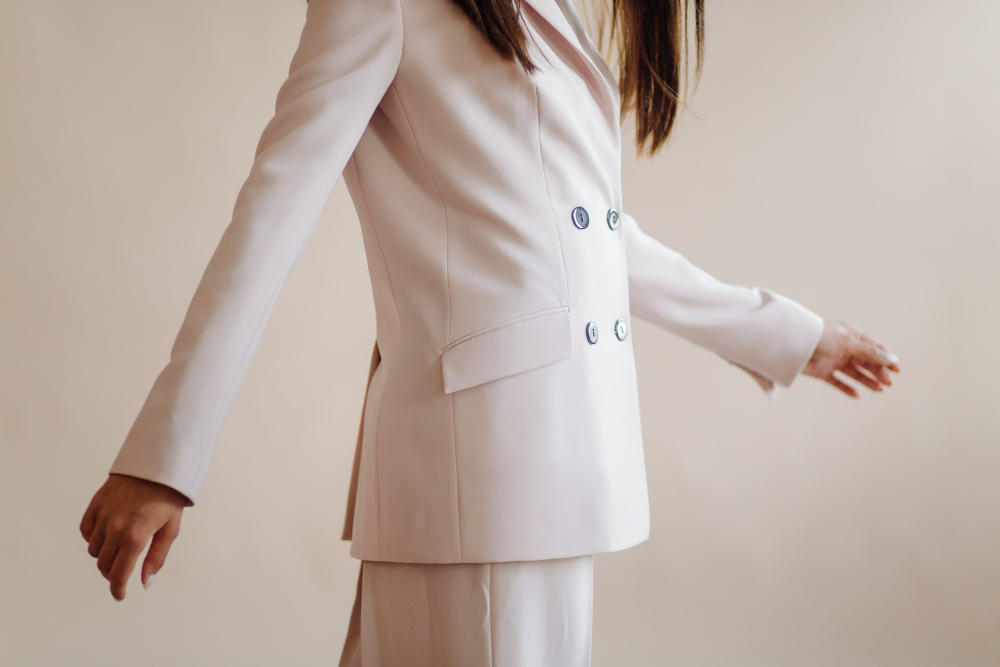
Blazers bring structure and elegance to any outfit. Often worn in formal or business settings, they require sharp tailoring and careful construction.
You can choose materials like cotton, linen, and tweed, and include lapels, buttons, and welt pockets.
For pattern making, you must consider shoulder structure, dart placement, and ease through the back and arms. Interfacing and lining are also essential to maintaining shape.
Keep in mind that a well-made blazer balances fit and comfort. Princess seams, back vents, and sleeve heads help create a polished silhouette while allowing movement.
Learn more: Why invest in the quiet luxury trend to create a collection?
6) Cargo jacket
Popular for their multiple pockets and durable materials, cargo jackets are perfect for casual wear and outdoor activities.
This type of jacket usually features a front zipper or snap buttons, a drawstring waist, and shoulder epaulets. The design should focus on balance, especially when placing large utility pockets.
You also need to work with heavier fabrics like canvas or twill. These materials require strong seams and reinforcements at stress points.
7) Overcoat
Overcoats are usually long, structured, and made of insulating materials like wool blend. A popular fabric choice today is regenerative wool, which supports sustainable and ethical practices.
From a pattern perspective, overcoats demand room for layering underneath. This means adding generous ease while still creating a flattering silhouette. Raglan or set-in sleeves, structured collars, and button closures are common.
Do you know how much time and fabric you waste making multiple samples for approval? Discover how to streamline your process with digital prototypes. Download our exclusive guide!
8) Windbreaker
The windbreaker is a lightweight jacket built for wind and light rain. It’s common for sports, traveling, and active lifestyles. It has a simple design, breathable fabrics, and compact form.
Design elements often include a front zipper, elastic cuffs, and a hood. Some versions even pack into their own pocket, which adds an interesting feature for pattern makers to design.
This type of coat also offers the chance to experiment with color blocking and sporty aesthetics. They’re perfect for testing functional features like mesh linings and zippered vents.
9) Kimono
Kimonos have moved from traditional Japanese clothing into modern fashion worldwide. It’s popular for its loose fit, straight seams, and open front. It can range from lightweight cover-ups to elegant statement pieces.
From a pattern-making view, the kimono is simpler to construct, but fabric choice makes a big impact. Flowing materials like silk, chiffon, or rayon create a beautiful drape.
Because it has wide sleeves and a boxy shape, there’s less need for shaping through darts or seams. However, careful cutting and finishing are important to ensure clean lines and a professional look.
Kimonos are great for beginners and allow advanced designers to get creative with trims, embellishments, or embroidery.
Learn more: Dive into Japan fashion history, style and top designers
10) Parka
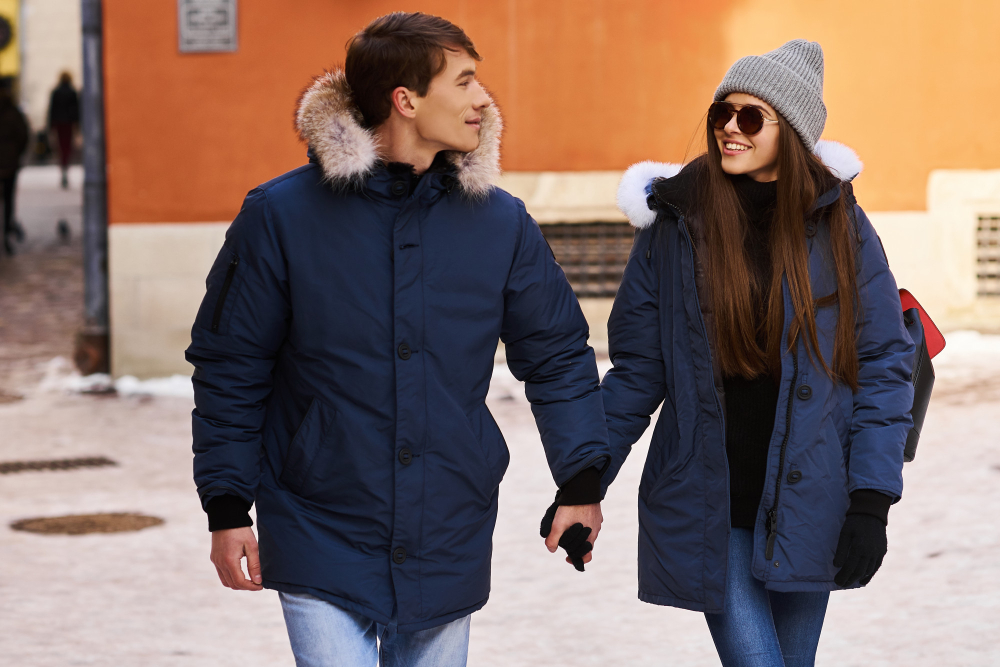
This type of coat is great for extreme cold, making it a winter wardrobe essential. It typically features a longer length, insulation, and a hood, often with fur or faux-fur trim.
When building its pattern, you must account for bulky layers and insulation. The shell fabric must be tough and weather-resistant, while the lining keeps heat inside.
A well-designed parka balances warmth with ease of movement. It’s also a great project to explore heavy-duty closures and multi-layered construction.
11) Hoodie
The hoodie is one of the most famous casual garments worldwide. With its pullover or zip-up style, kangaroo pocket, and hood, it’s a go-to for comfort and versatility.
It’s important to draft it to fit comfortably and lie flat when not in use. You’ll also need to plan for ribbed bands, drawstrings, and optional linings.
When it comes to fabrics, you can work with fleece, jersey, or French terry. But be careful: these stretch fabrics require attention, especially at cuffs and hems.
Learn more: Best tips for working with print pattern fabrics
How can you get coat pattern making right?
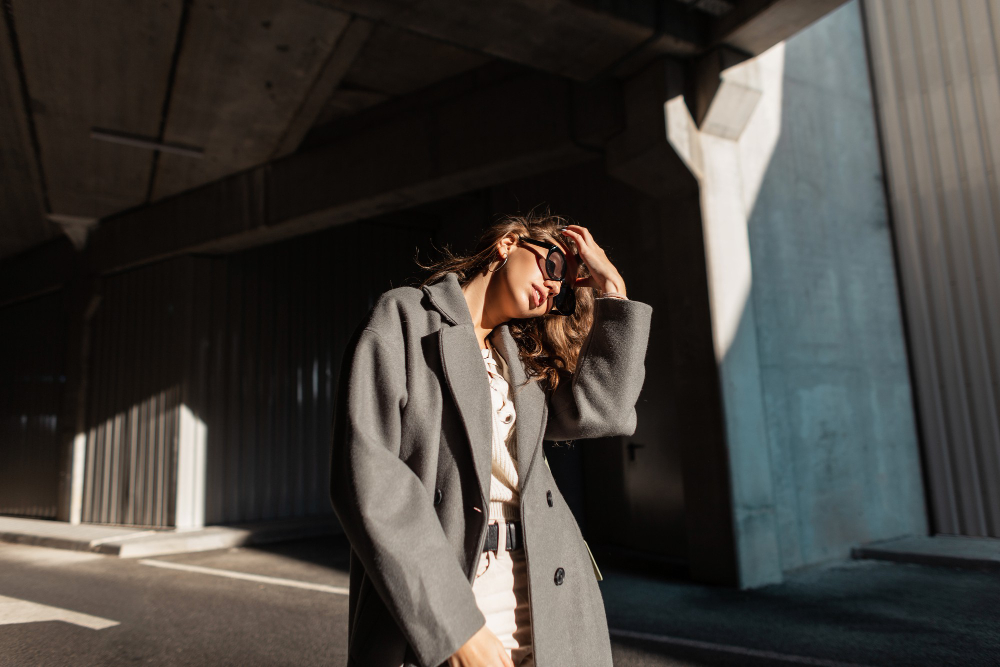
Define the desired fit
Before starting your pattern, it’s important to determine the coat’s final look and purpose. Will it be close to the body, or oversized and relaxed? Each silhouette requires different patternmaking techniques and measurements.
Knowing the desired fit also helps you choose the right construction lines, sleeve styles, and closures.
Add ease for layering
People usually wear coats over other garments, so they need extra ease to accommodate layers. This means increasing the width of the chest, sleeves, and armholes beyond standard measurements.
If you skip this step, the coat might feel tight or restrict movement.
Adding the right amount of ease ensures comfort and improves wearability, especially for cold-weather styles.
Choose the internal structure
The internal structure of a coat includes elements like linings, interfacings, shoulder pads, and sleeve heads. These components affect both the appearance and durability of the garment.
Understanding how these components interact helps you make decisions that improve construction and overall quality. It’s what turns a basic design into a professional garment.
Grade for different sizes
Grading coats requires special attention to areas like shoulders, bust, waist, and sleeves. Proportions must remain balanced so that the coat maintains its fit and function.
Using digital tools can help speed up this process while keeping it accurate. After all, grading isn’t just about making things bigger or smaller. It’s about preserving the design across all sizes.
Simulate the finished garment in 3D
One of the best ways to validate your coat pattern is through 3D simulation. This technology lets you preview the finished garment on a virtual mannequin before sewing.
You can test the fit, check the drape, and see how different fabrics behave in a digital environment. It saves time, reduces waste, and prevents costly errors.
3D simulation is especially useful for complex garments like coats. It allows you to make adjustments early and visualize your design in motion, improving accuracy and efficiency.
Learn more: Discover 5 major benefits of 3D simulation for fashion
Create and preview all types of coats with Audaces360
Audaces is a market leader fashion technology company and a reference worldwide. Through a deep understanding of fashion creation and production, we have developed ideal solutions for each stage.
Audaces Pattern
For pattern makers looking for excellence, Audaces Pattern is the perfect solution. It ensures the pattern design reaches a new level of efficiency and precision.
With its versatile approach, it’s possible to develop high-quality patterns, regardless of complexity.
Refine every detail to perfection, ensuring that your creative vision translates into patterns. This advanced solution will assist you with all your pattern making endeavors!
Audaces 3D
Audaces 3D is ideal for pattern makers to bring creations to life in a 3D mannequin.
You can test your digital pattern before committing to a physical sample. Save time and resources by identifying issues early in the process.
With a range of tools and possibilities, this software transforms the development processes.
It enables you to shape your ideas directly in a digital space, gaining agility and quality in deliveries.
Check out how this women’s fashion company managed to reduce its collection launch time by 50% by using our all-in-one fashion platform:
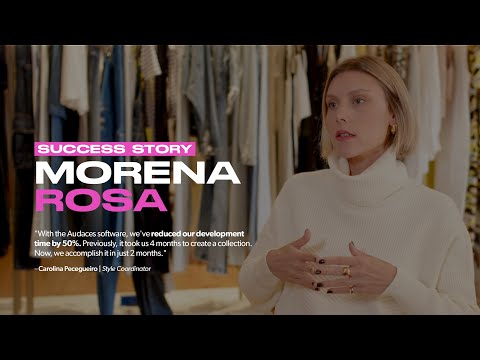
Discover Audaces360 and unlock a world of possibilities for fashion design and production. Explore our comprehensive suite of solutions today!
FAQ
Knowing the main types of coats is very useful because each style has its own shape, details, and purpose. By understanding these differences, you can create pieces that people really want to wear, the way they want to wear.
They include puffer jacket, trench coat, cardigan, blazer, parka, and hoodie.
You can follow these steps: define the fit, add ease for layering, grade for different sizes, and simulate the garment in 3D.


